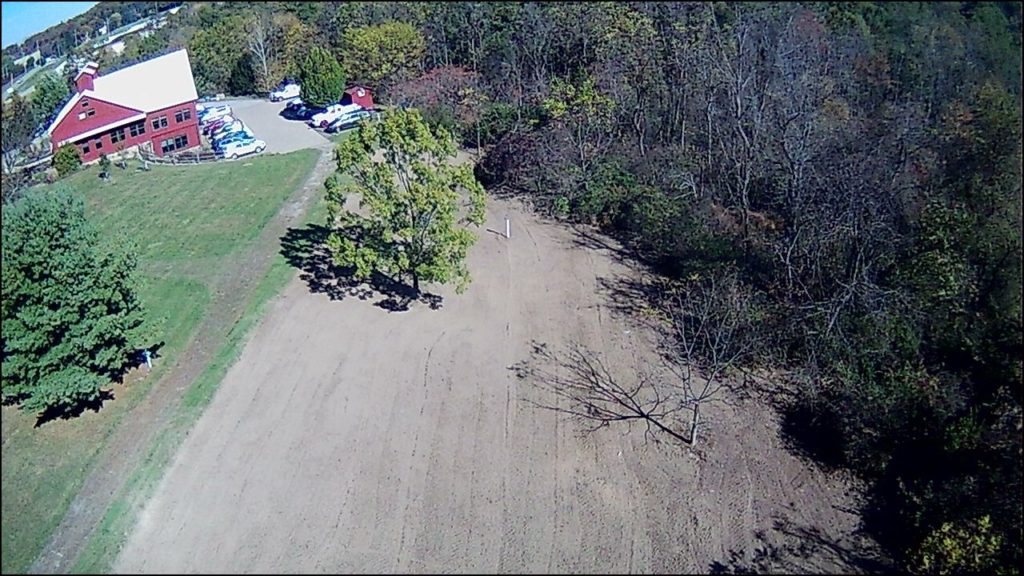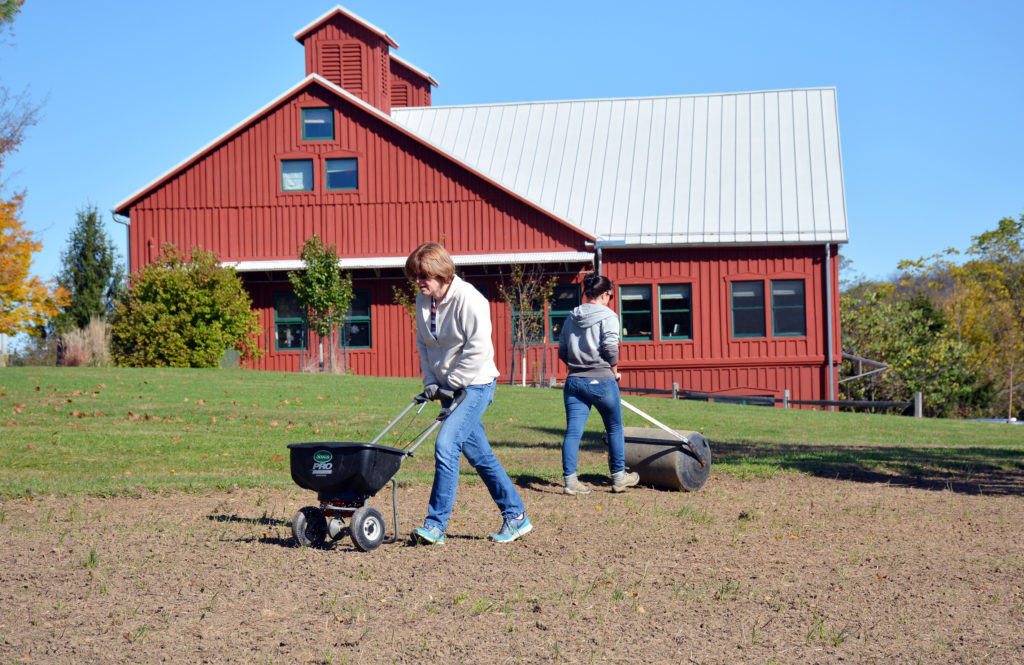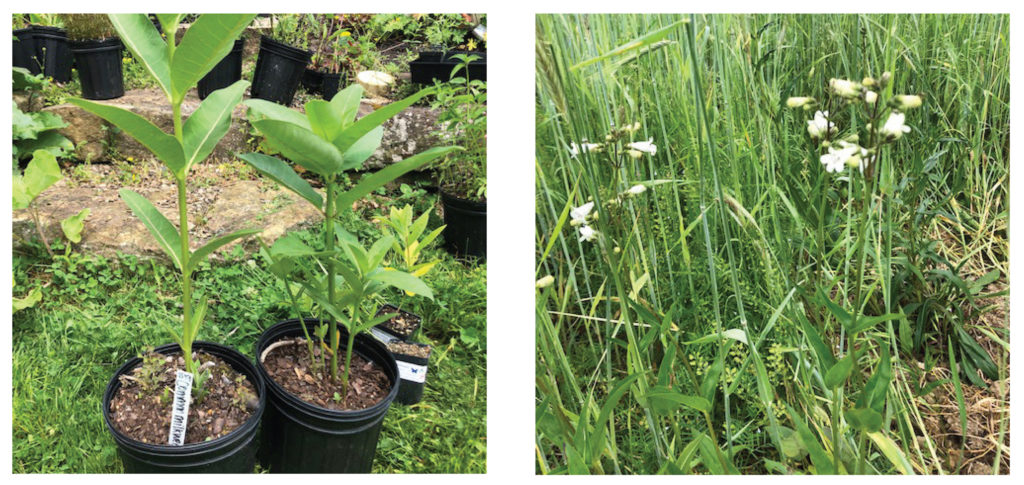See Pollinators in Action at the Westmoreland Conservation District’s Newest Demonstration Project
Hummingbirds, butterflies, bees, and even bugs like the lowly gnat, are all pollinators or potential pollinators. As these creatures fly from plant to plant looking for food, they help distribute pollen, playing an important role in plant reproduction. In fact, about 75% of our agricultural crops rely on pollinators to produce fruit.
Scientists have been spreading the word about the decline in our pollinators, particularly bee species. The exact cause of this decline is unknown, but many factors have been identified: loss of habitat, chemicals, disease, invasive species, and changing weather patterns. While scientists continue to look for an overall remedy to stop these declines, there are many things that the public can do to aid their local pollinators.

To help our community learn more about pollinators and pollinator-friendly practices, the Westmoreland Conservation District constructed a nearly one-acre native plant pollinator garden near its office on Donohoe Road and compiled some useful online resources. The new garden, which is open to the public, is located along the path leading to the Ann Rudd Saxman Nature Park. Financial and other support for the garden was provided by the PA Department of Environmental Protection’s 2019 Environmental Education Grants Program.

Nature’s Essential Workers…
Staff from the County’s Bureau of Parks and Recreation prepared the site for planting during the summer of 2019 by removing existing vegetation and raking the soil. Conservation District staff scattered a native seed mix on the site, then rolled the seeds into place so that they stayed in contact with the soil, and spread a light layer of straw over the seeds to protect them from erosion until they could germinate in the spring. Staff also planted many mature plants in the garden during late spring.
If you visit the garden now, you will mostly see the grass cover crop, which is protecting the native plants from aggressive weeds. However, if you peek in among the grass, you will find flowers emerging in abundance — tiny white flowers that may be easy to overlook or medium-sized, bold purple flowers. In amongst the flowers, you will see the pollinators busily doing their job – much faster than the camera can catch them.

Pollinator gardens can come in all shapes and sizes. They can fill acres of land or containers on a homeowner’s patio. We encourage you to learn more about how you can help pollinators.
Here are some helpful resources:
To learn about pollinators and what you can do to help:
How can I help pollinators? (brochure)
Penn State Center for Pollinator Research
To find plant suggestions that are native to your area using your ZIP code:
Audubon Native Plants Database
To certify your garden or habitat:
